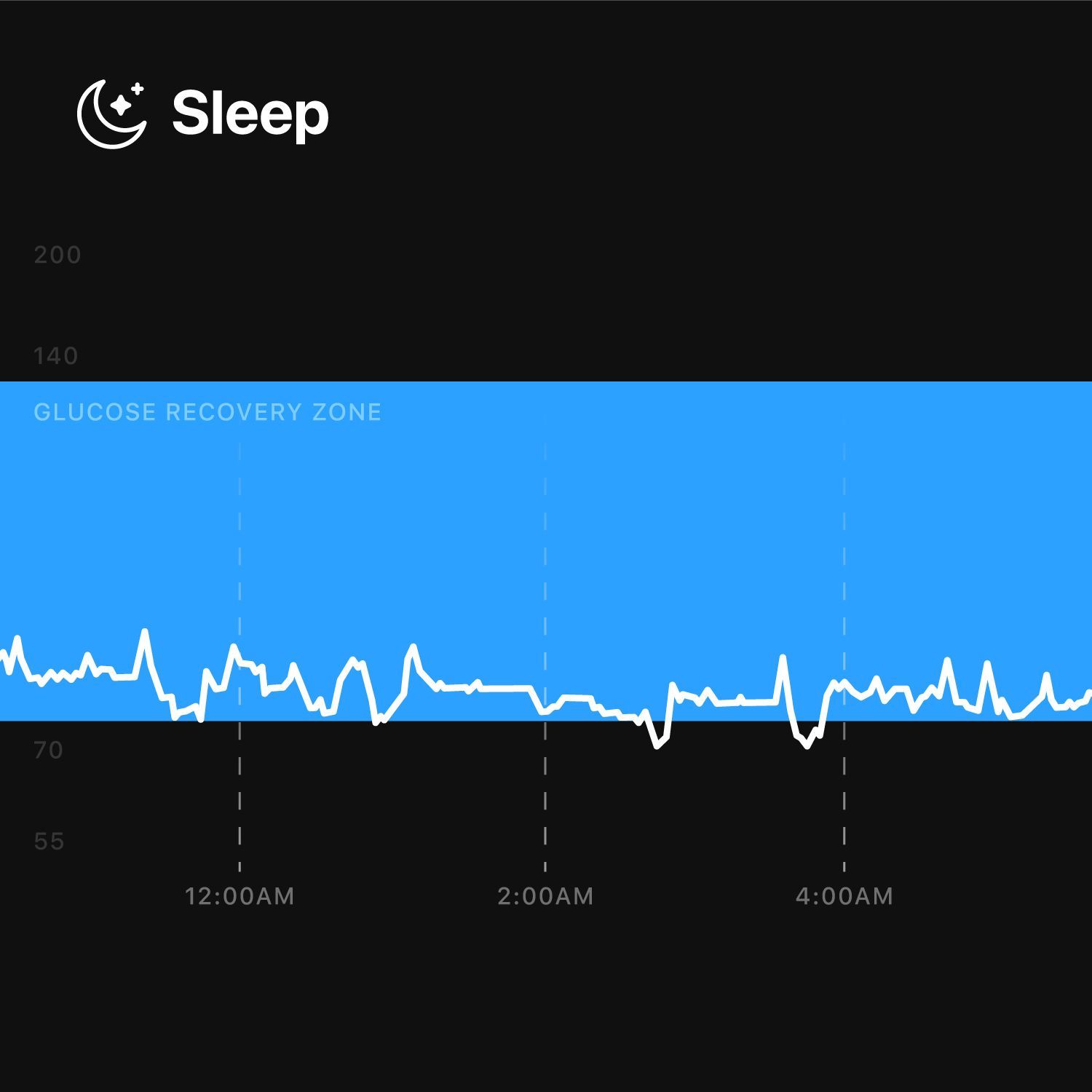Sleep, as we continue to learn, is a complicated and fascinating science. And the relationship between interstitial glucose levels and sleep? Even more so.
The relationship between the negative impacts of sleep on circadian rhythms and glucose control is explained in this article. There’s also information on the difference in glucose utilization in different sleep stages – something that Supersapiens often ask about. But the relationship between glucose utilization and interstitial glucose actually depends on glucose delivery. (For more on this, click here.)
With many tens of thousands of sleep events made using Supersapiens, we have 5 key learnings about sleep architecture from a glucose perspective:
(Note: The data here is aggregated from our dataset of sleep event with durations between 6 and 12 hours.)
1) Slope
Glucose trends down across a night with a negative slope, but then has a small increase towards the end of the night or just prior to waking.
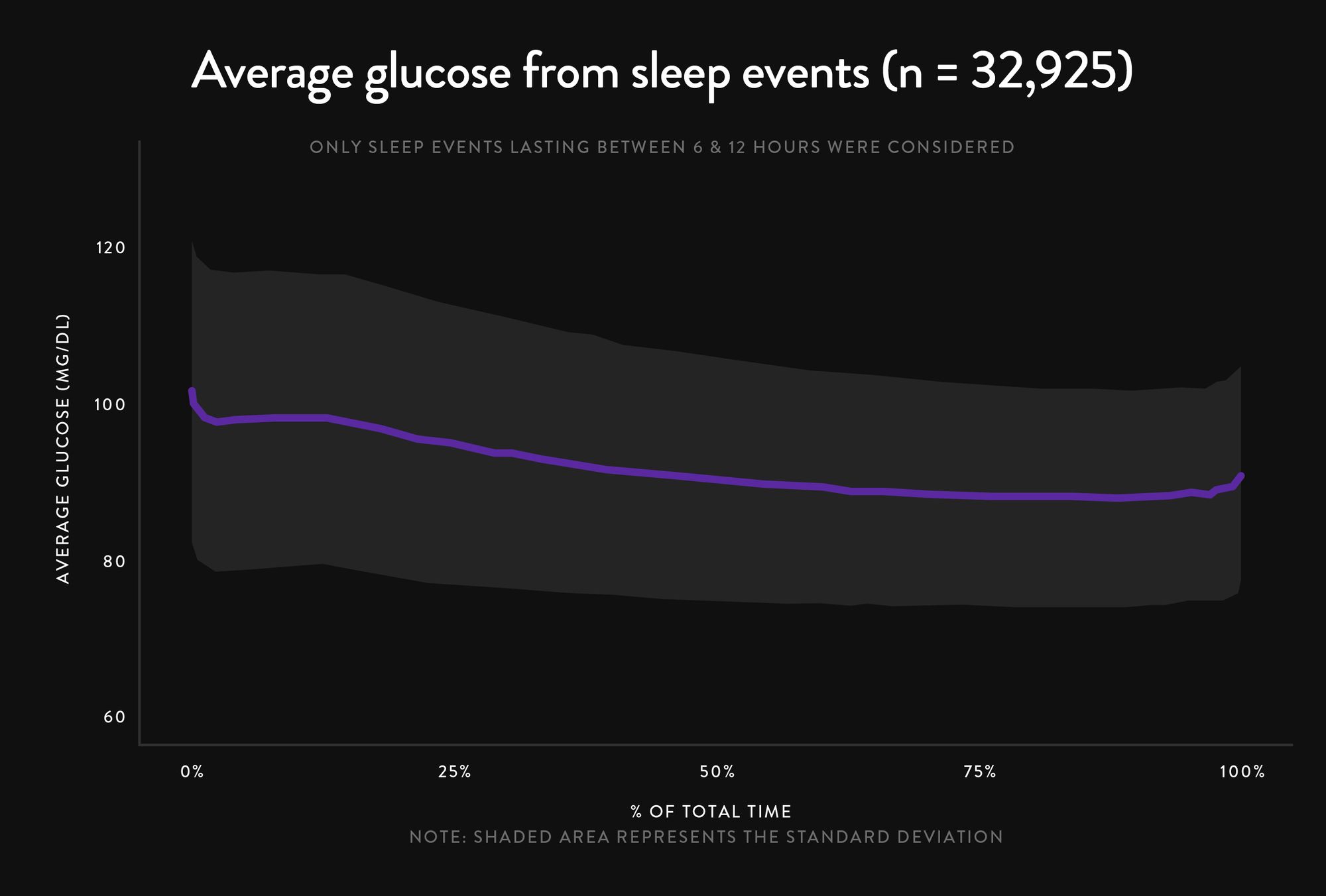
2) Drops
Drops – or reductions in glucose by at least 10mg/dL over 5 minutes or less – are slightly more likely during the earlier stages of the night, but are least likely just after sleep onset and just before waking. Almost all drops are shorter than 30 minutes. The average number of drops per night is 5.3.


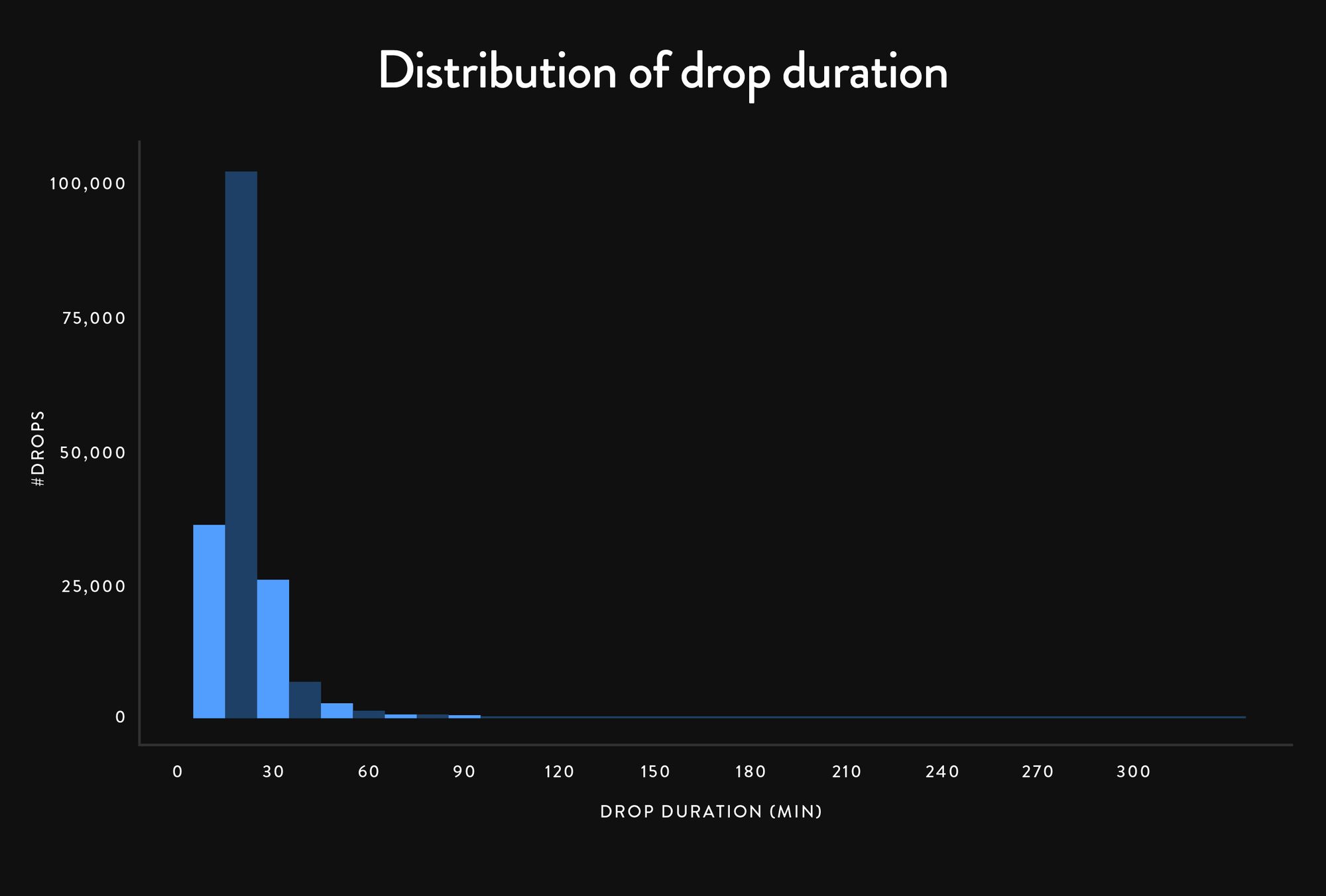
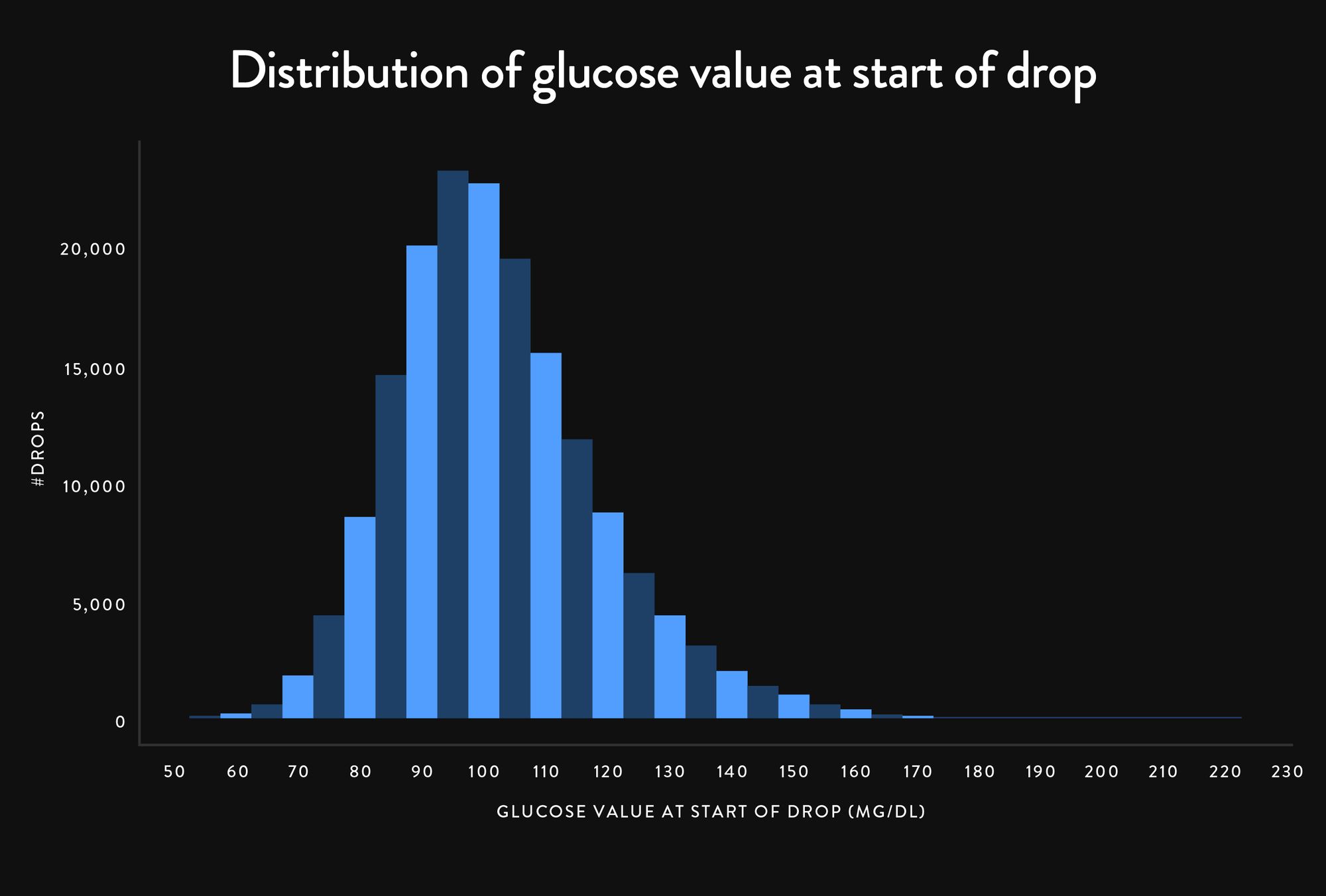
3) Rushes
Rushes – increases in glucose by at least 10mg/dL over 5 minutes or less or glucose going above 140mg/dL – are equally likely across the duration of the nigh,t aside from just after sleep onset and just before waking. These likely have lower likelihoods of rushes. Almost all rushes are shorter than 30 minutes. The average number of rushes per night is 5.
(Note: On average the starting point for rushes is lower than the starting point for drops, which makes intrinsic sense given the body’s homeostatic mechanisms.)

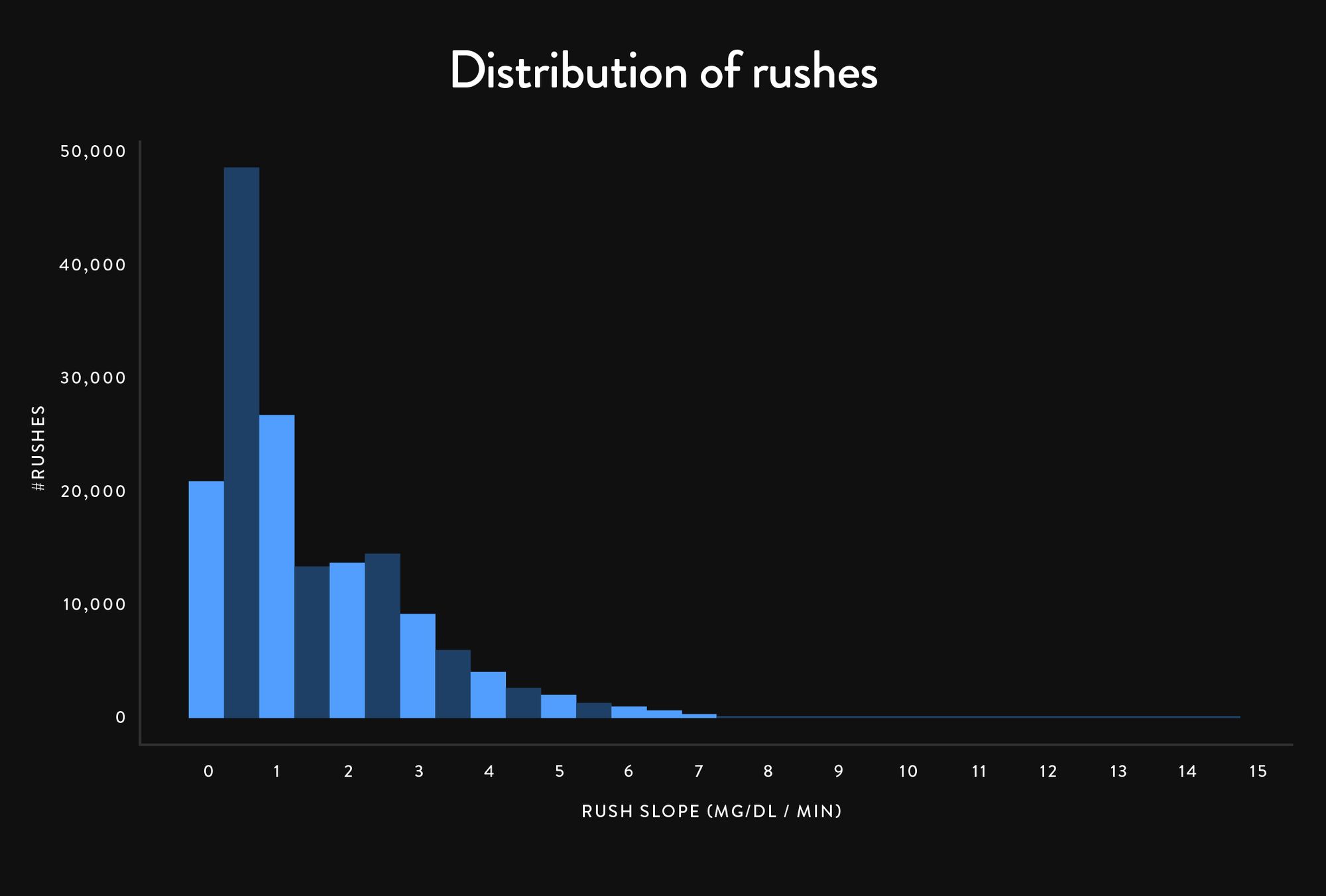
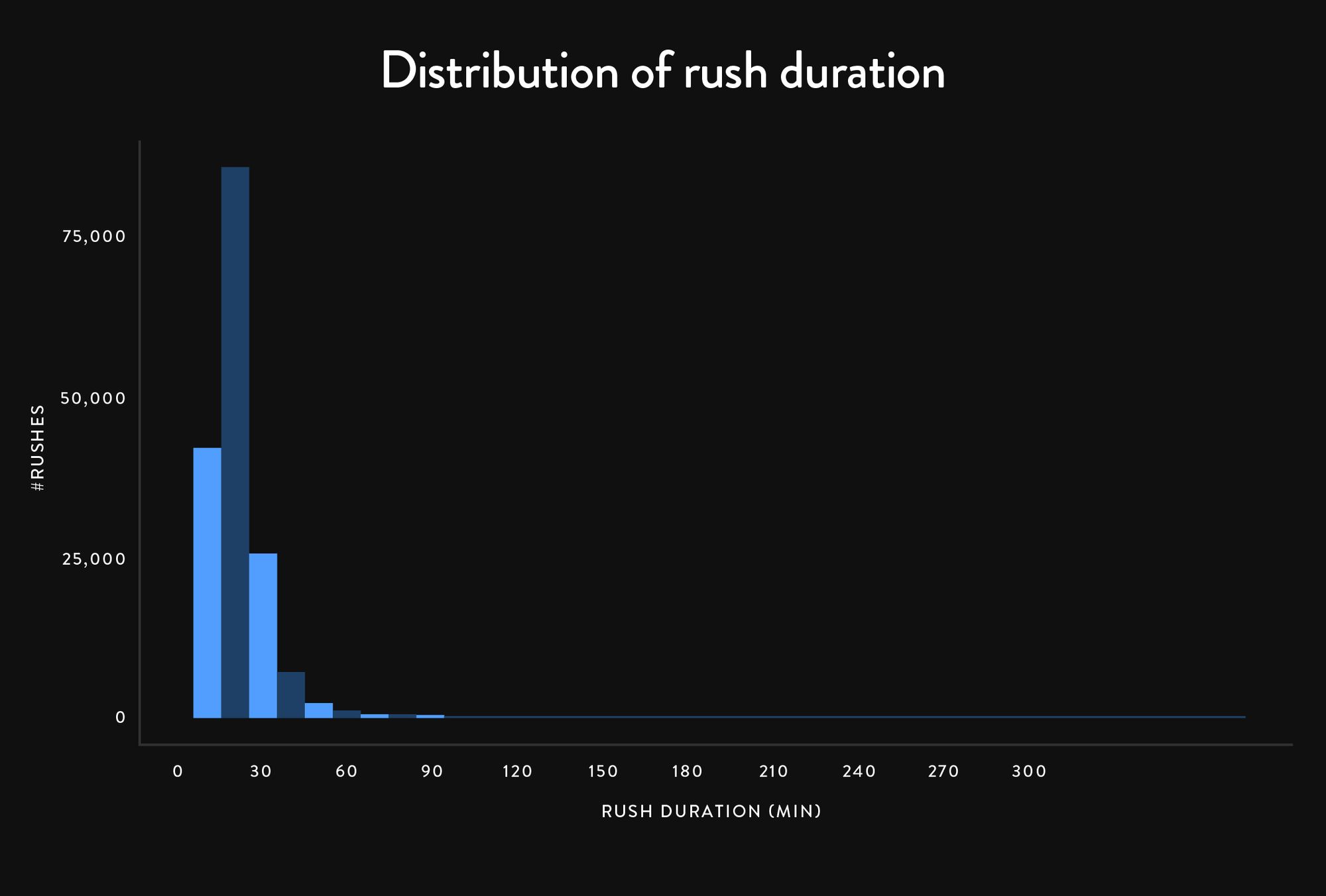
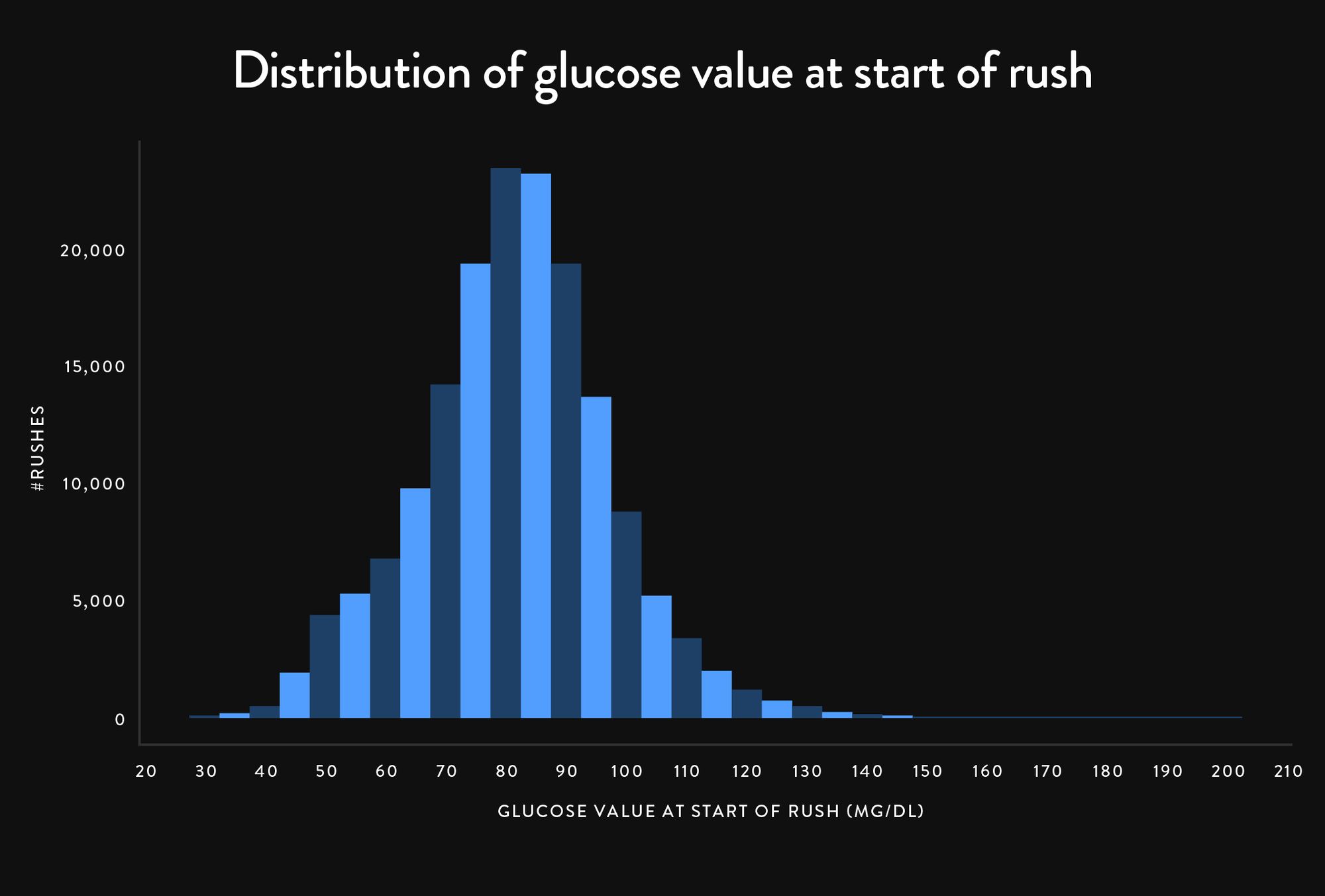
4) Differences in Males and Females
Males and females have largely the same architecture shape to glucose across the night, though the males have slightly higher glucose on average.
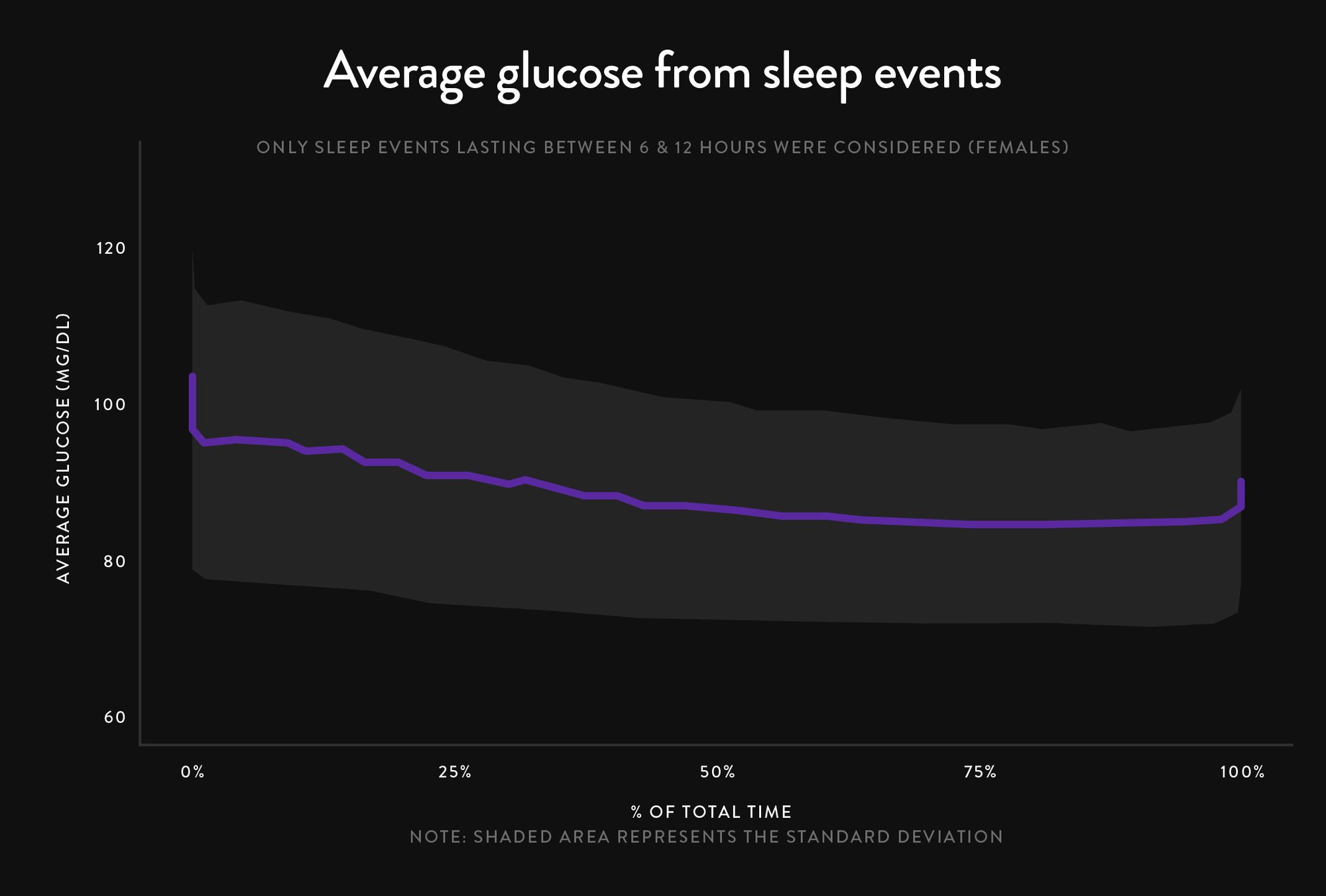

5) What to note
While data is still not strong enough to be sure, there is some suggestive data that we have indicating lower overnight glucose levels and more stable overnight glucose are potentially associated with increased training loads and perhaps overreaching and overtraining signs. There is also some thought that this may be a result of or in combination with underfueling. This was noted by Lisa Norden in her discussion with us. There will be more to come in this area in the future.
For some tips on improving your sleep with CGM click here. To get started with Supersapiens and the unrivaled insights offered by minute by minute glucose click here.
